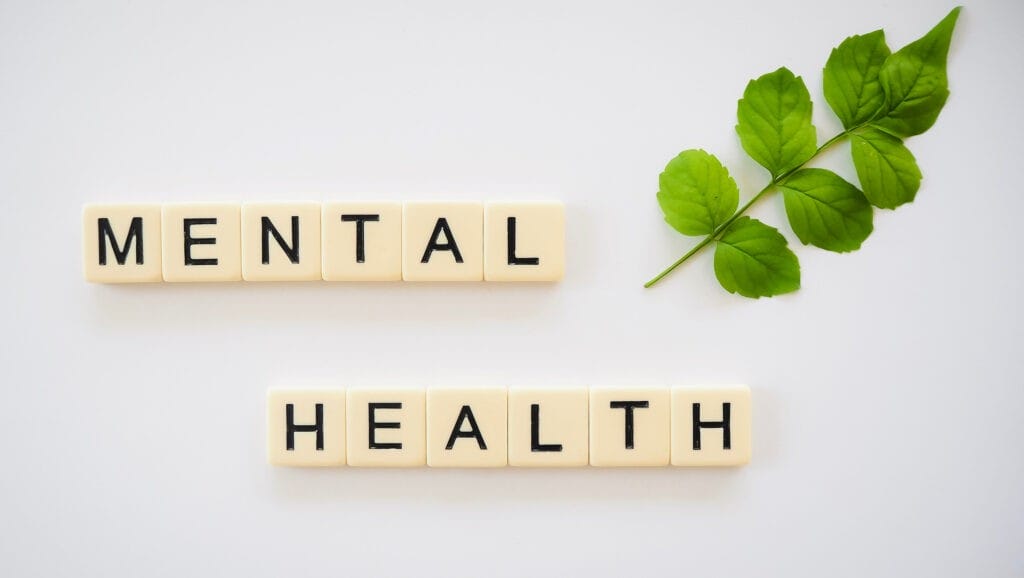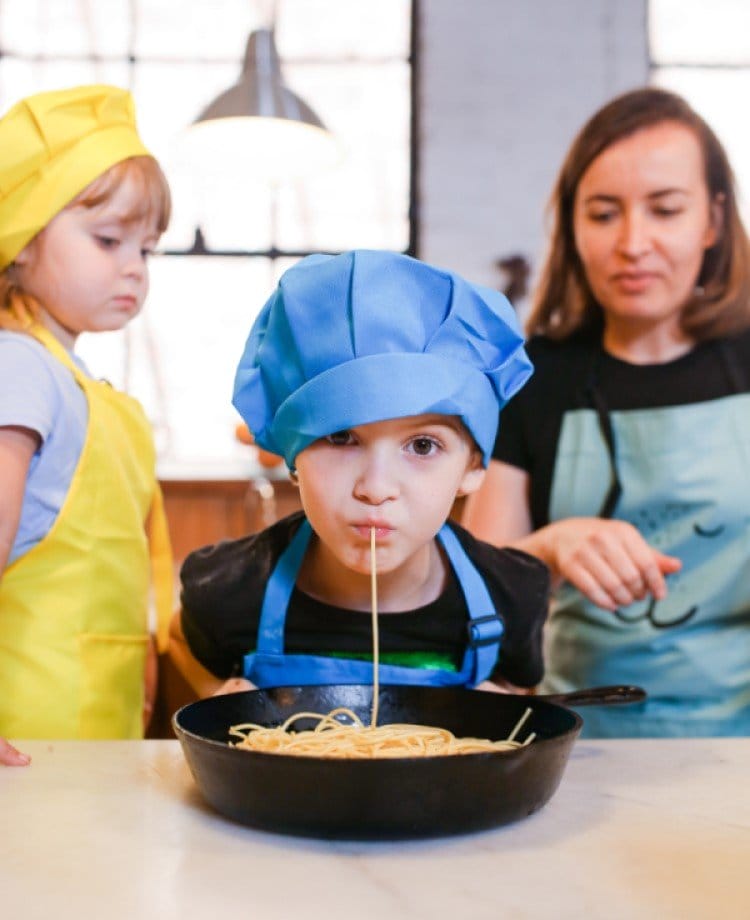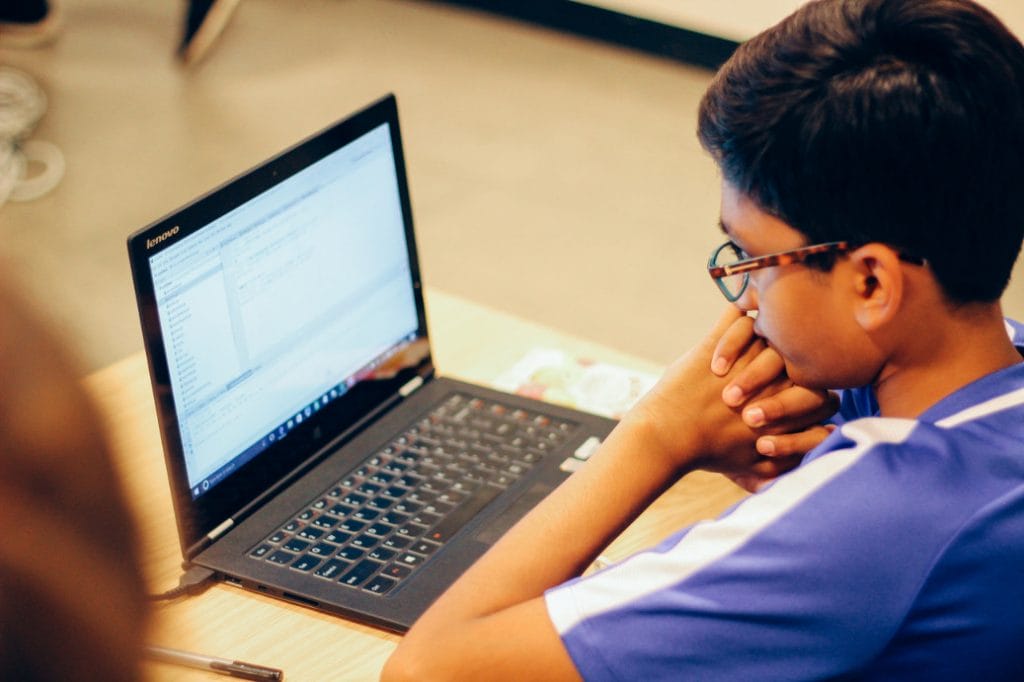
Mental health is often forgotten and overlooked, but is key for our well being as humans. We look at mental health for teens, symptoms of depression, suicidal thoughts and where to find help.
Are You Struggling with Your Mental Health?
A Guide to Teenage Depression
According to the Mental Health Foundation, an estimated 20% of adolescents experience a mental health problem in any given year.
Furthermore, 50% of all mental health problems are established by the age of 14 and an alarming 75% by the age of 24.
What exactly does this mean for teenagers today?
Mental health issues are a lot more widespread than you may think in people of your age group. In fact, while you may feel alone in your struggles, it is highly likely that someone you know or someone in your peer group is also struggling with their mental health.
Emotional conditions such as anxiety and depression are the most common types of mental health issues in young people, with many teens struggling with GAD (General Anxiety Disorder) or OCD (Obsessive Compulsive Disorder).
The good news is that more help is available for teens suffering from mental health issues than ever before. Therefore, whether you are experiencing mental health issues for the first time or have struggled with your mental wellbeing for many years, it is never too late to get the help you need.
Within the below guide, you will find out everything you need to know about teenage mental health issues, as well as the resources available to help you to overcome your problems.

Ready to start feeling better?
All you have to do is keep reading, and you will have already taken a step in the right direction towards improving your mental health.
What causes mental health disorders in teens?
Have you ever sat and thought, “why me?”. If yes, you are far from alone. Although depression and anxiety can cause you to feel completely isolated, teen mental health issues have been on the rise for many years now.
There are many different reasons why you may have started to feel depressed or anxious, including:
- Struggling with your schoolwork
- Issues with your peers
- Sexual orientation
- Family life
- Learning disabilities/medical conditions
- Abuse and/or neglect
- Hereditary depression
- Poverty
- Drug/alcohol misuse
Whatever the reason, you need to know that you can overcome these feelings. You just need to get the right help.

What are the symptoms of depression in teens?
While it is completely normal for you to experience periods of intense highs and lows as a teenager – remember all those pesky hormones you have floating around – it is important that you can recognise the difference between feeling low and being depressed.
The most common signs of depression include:
- Feeling deep sadness or hopelessness
- A lack of energy
- A loss of pleasure or interest in activities that used to excite you
- Feelings of anxiety or panic
- Feeling worried or irritable
- Difficulty concentrating and remembering things
- Feeling worthless or guilty
- A drastic change in appetite or weight
- Difficulty falling asleep or sleeping too much
- Feeling sluggish
- Withdrawing from your family and friends
- Feeling restless
- Self-mutilation or suicidal thoughts

What to do if you are feeling suicidal
If you are having suicidal thoughts, you may be feeling alone, confused, and scared. While you may think that there is no way out of the problem you are experiencing or don’t feel that life will ever get better, you should know that it can and will.
These feelings are temporary.
There are many other young people who have felt the same way as you before and have come out the other side of this difficult time, happier and healthier.
If you are feeling suicidal, the best thing you can do is reach out to someone. This could be a family member, a friend, or a mental health charity that specialises in teen mental health.
Again, there are many reasons why you may be feeling suicidal, including:
- Bullying
- Health issues
- Lack of family support
- Physical or sexual abuse
- Poor social relationships
- Substance and alcohol misuse
- Genetics
However, it is important to know that all of the above issues can be worked through with the right help. Even if you do not have the support of your family or friends, there are online resources and mental health services that you can turn to – details of which we will go into below.

How to get help with your mental health
If you are ready to get the help you need to overcome your mental health struggles, then there are many free resources that you can utilise.
Below we will talk you through each of these so that you can make the right decision for your mental health and overall wellbeing.
YoungMinds is a mental health charity that provides young people with the tools they need to look after their mental health. Their website is full of helpful advice and information on what you can do if you are struggling with how you feel.
You can use the YoungMinds Textline for free, 24/7, if you are experiencing a mental health crisis. Simply text YM to 85258. Texts can be anonymous.
Stem4 is a national charity that promotes positive mental health in teenagers and those who support them, such as their families and carers. This service is predominantly digital and includes mental health apps and education programmes.
This charity offers help and support on many teen mental health issues, including self-harm, anxiety, and depression.
If you are under 19, you can contact Childline for help, advice, or just someone to talk to. This service is completely confidential, and you can choose to call, chat online, or email about any problems you are experiencing.
Childline can also provide a BLS interpreter if you are deaf or hearing-impaired.
Although this charity is not specifically aimed at young people, they are always on hand if you need someone to talk to. The Samaritans are open 24/7 and can be contacted on 116 123 for free, or you can choose to send an email or even write a letter.
This charity also has a self-help app that can help you keep track of how you are feeling and offer coping techniques to help you manage your mental health.
Papyrus is a national charity dedicated to the prevention of young suicide. They provide confidential support and advice to young people who are struggling with suicidal thoughts.
There are many resources on the Papyrus website, including a live chat feature, wellbeing apps, LGBTQIA support, and where to go to get help.
If you need immediate help during a mental health crisis, you can use the NHS urgent mental health helpline. This offers 24-hour advice and support for you when you need it the most.

Mental health techniques for teens
You need to make sure that you care for your mental health in the same way that you do your physical wellbeing.
Whether you are struggling with a mental health issue or not, the below mental health techniques for teens can help you to keep your mental health on track.
If you think you are dealing with a mental health issue or you are struggling with your feelings, you need to be brave and ask for help. While you may feel afraid to speak up, the sooner you get the help you need, the sooner you will start to feel better.
Although you may think you thrive on late nights and junk food, you need to make sure you are living a healthy lifestyle as a growing teen. This includes getting enough sleep, taking part in physical activities, and eating a nutritionally balanced diet.
While this may feel strange at first, it can be a good idea to say positive affirmations first thing in the morning. Phrases such as “I am smart”, “I am a worthwhile person” and “I have control over my life” can all empower you to make positive life choices.
These can also act as a reminder of your self-worth when you are struggling with your mental health.
Many different coping skills can help you to manage your mental health. For some, this may be listening to music, while for others, it could be drawing a picture or going for a run. Try to find your happy place and use this to boost your mental health.
It can be almost impossible to be positive yourself if negative influences surround you. Instead, try to only bring positive people into your life. People who make you feel good and support the positive choices you make.
Support for parents
If you think your teen is struggling with their mental health, or are displaying suicidal tendencies, there are also many resources and support services for you.
Family Lives is a great charity that specialises in supporting families, and YoungMinds provides support for parents as well as teens and young adults.
If you think your child is misusing drugs, FRANK, the drugs charity, can offer you help and support around the clock.
An appeal from Bright Heart
At Bright Heart, unfortunately, we recently witnessed first-hand the results of a failure to gain the necessary help for a mental health challenge. In addition, in our many interactions with parents and students, we have noticed an unfortunate increase in mental health concerns since the pandemic.
We know the first step is never easy, but we strongly encourage you to seek immediate professional help if you or your child has any mental health concerns.
Contact us
Please get in touch if you would like to discuss anything in this article or would like to find out more about our nurturing approach to tuition, which accounts for SEMH needs and mental health.
Share this article



















































